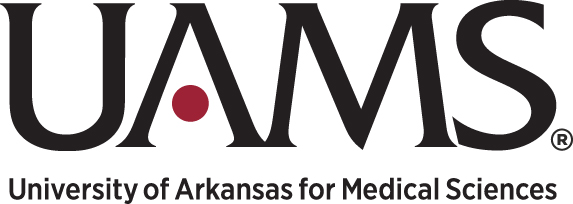Newswise — UAMS News Bureau Office of Communications & Marketing 4301 West Markham # 890 Little Rock, AR 72205-7199 uamshealth.com/news News Release
Jan. 30, 2018
Media Contacts:
Leslie W. Taylor, 501-686-8998
Wireless phone: 501-951-7260
Liz Caldwell, 501-686-8995
Wireless phone: 501-350-4364
International Expert at UAMS Myeloma Institute Releases
First Book on Castleman Disease
LITTLE ROCK — Castleman disease, a rare disorder of the lymph nodes and related tissues, was identified and named more than a half-century ago but, until recently, no one had written a book exclusively about it.
Frits van Rhee, M.D., Ph.D., professor of medicine and director of developmental and translational medicine at the Myeloma Institute at the University of Arkansas for Medical Sciences (UAMS), has changed that.
His new 163-page hardback book, Castleman Disease, was released recently as part of the Hematology/Oncology Clinics of North America series of clinics review articles published bimonthly by Elsevier Inc. The book features 13 chapters by 26 international physicians and researchers who specialize in the disease.
“A lot of progress has been made in the treatment of this disease and a lot of new information is available,” said van Rhee, considered an international expert on Castleman disease.
He developed the idea for the book. He also wrote one of its chapters, and co-authored the preface and the book with Nikhil C. Munshi, M.D., associate director of the Jerome Lipper Myeloma Center at Dana-Farber Cancer Institute in Boston. Munshi was previously with UAMS. The book will also be published online by chapters.
Castleman disease occurs when an abnormal overgrowth of cells occurs in the lymph system, which serves as the main part of the body’s immune system. The disease, affecting 5,000 to 6,000 patients across the nation, was identified by Benjamin Castleman, M.D., in 1954.
“The average oncologist may only see one patient with Castleman disease in his career,” said van Rhee. “So it is hard for community doctors to be well-informed and a lot of patients don’t get the correct treatment.”
Unicentric Castleman disease is localized, affecting only a single lymph node region, and can often be successfully treated by surgically removing the affected area. Multicentric Castleman disease affects multiple lymph node areas and can give rise to night sweats, fevers, weight loss, anemia and in severe cases organ failure and death. Van Rhee was previously the principal investigator on a worldwide trial with a new monoclonal antibody, siltuximab. This trial led to the first FDA-approved treatment for multicentric Castleman Disease. The encouraging results of the trial also led to the approval of the drug by the European Medicine Agency
The cause in many patients is unknown, or idiopathic, and the disease has now been termed idiopathic Castleman disease (iMCD). “That is one of the main areas of focus in this book,” said van Rhee, who addresses the topic in “Treatment of Idiopathic Castleman Disease,” the chapter he wrote with research associate Amy Greenway and lab director Katie Stone at the UAMS Myeloma Institute.
Van Rhee felt a sense of urgency to create the book after co-founding the international Castleman Disease Collaborative Network in 2012 with his patient David Fajgenbaum, M.D., then in medical school and now a physician at the University of Pennsylvania.
“The timing seemed right, under this umbrella organization where physicians and researchers from around the world meet each other and exchange ideas,” said van Rhee.
While this is van Rhee’s first time to compile and edit a book, the physician, who trained in the Netherlands and United Kingdom, previously contributed chapters to other books, including those on myeloma and bone marrow transplantation, positron emission tomography (PET) scanning, and radiation therapy in treating myeloma.
UAMS is the state’s only health sciences university, with colleges of Medicine, Nursing, Pharmacy, Health Professions and Public Health; a graduate school; hospital; northwest Arkansas regional campus; statewide network of regional centers; and seven institutes: the Winthrop P. Rockefeller Cancer Institute, Jackson T. Stephens Spine & Neurosciences Institute, Myeloma Institute, Harvey & Bernice Jones Eye Institute, Psychiatric Research Institute, Donald W. Reynolds Institute on Aging and Translational Research Institute. It is the only adult Level 1 trauma center in the state. UAMS has 2,834 students, 822 medical residents and six dental residents. It is the state’s largest public employer with more than 10,000 employees, including 1,200 physicians who provide care to patients at UAMS, its regional campuses throughout the state, Arkansas Children’s Hospital, the VA Medical Center and Baptist Health. Visit www.uams.edu or www.uamshealth.com. Find us on Facebook, Twitter, YouTube or Instagram.
Like us, we’re social:
